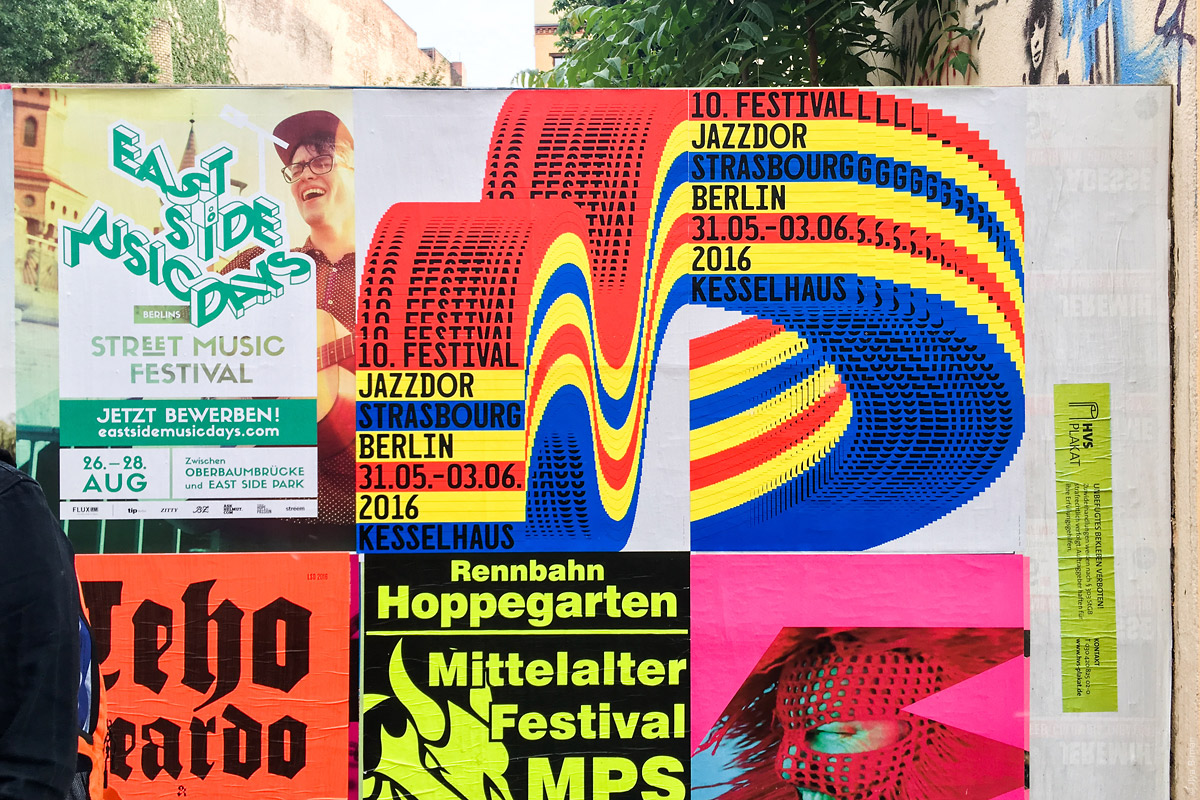
Week 4 Response
Posters as Cultural Icons


Walking through Berlin, posters strike me as more than transient advertisements. They layer over one another on walls and kiosks, creating a palimpsest of competing voices—political, artistic, commercial, and subcultural. Posters are informative, decorative, and also incredibly messy in cases when they are not cleaned up or overpiles like one does in the picture. In this sense, they echo what Franz Boas argued in his critique of the comparative method: that cultural objects cannot be reduced to simple stages of development or universal laws, but must be read in their particular historical and social contexts. Just as Boas rejected the notion that “primitive” forms were mere survivals of earlier stages, Berlin’s posters resist being seen only as disposable ephemera. They materialize the city’s ongoing negotiations of identity, memory, and belonging.
Posters are accessible and constantly re-made, yet they also embody the same questions Boas raised about context, meaning, and power. They are simultaneously democratic and ephemeral, part of Berlin’s everyday anthropology.
Seen through Boas’ lens, posters become reminders that culture is not static but dynamic, layered, and situational. They remind us that cultural forms—whether displayed behind glass at the Humboldt Forum or pasted on city walls— speak differently depending on where and how we encounter them.